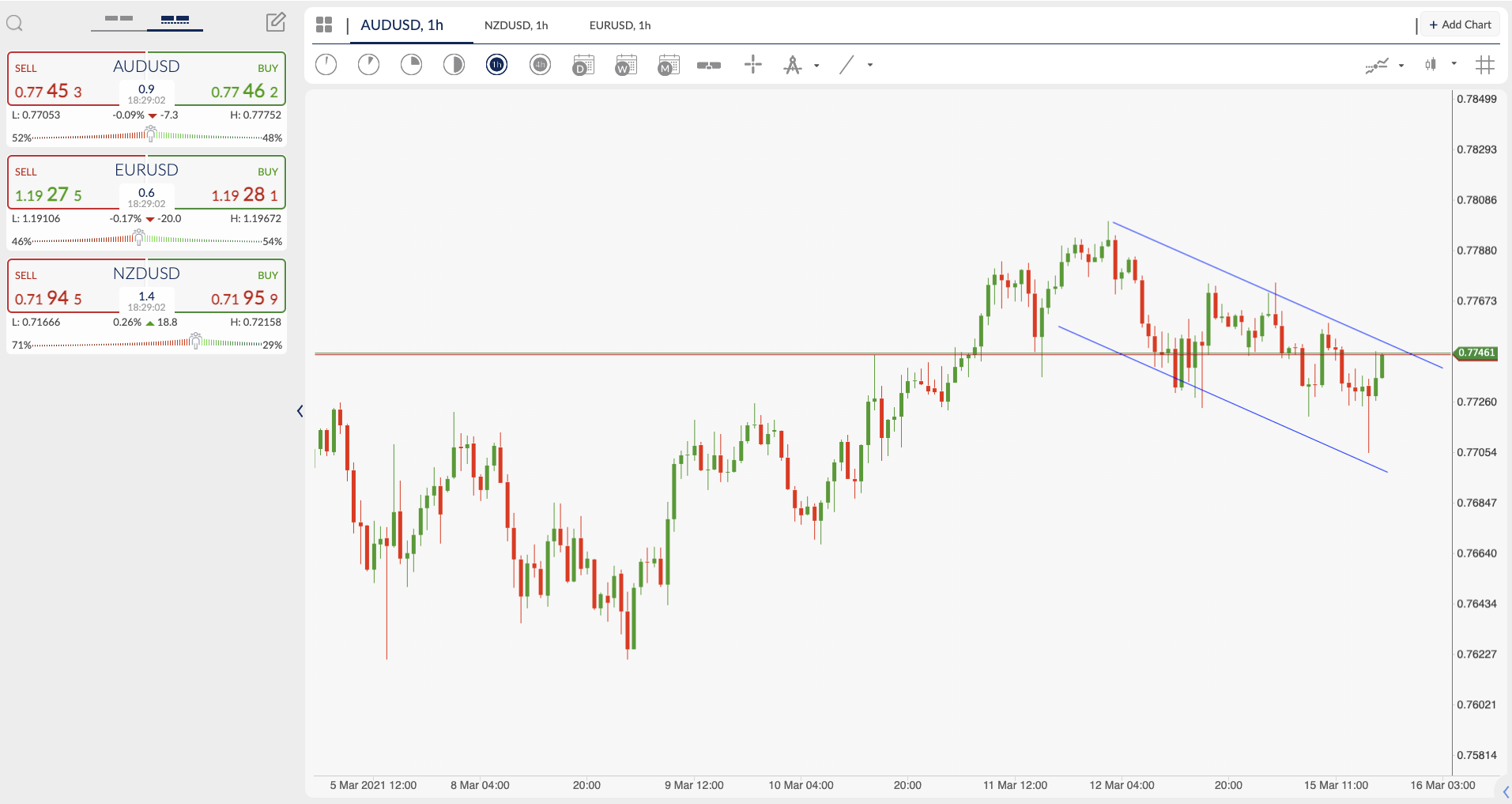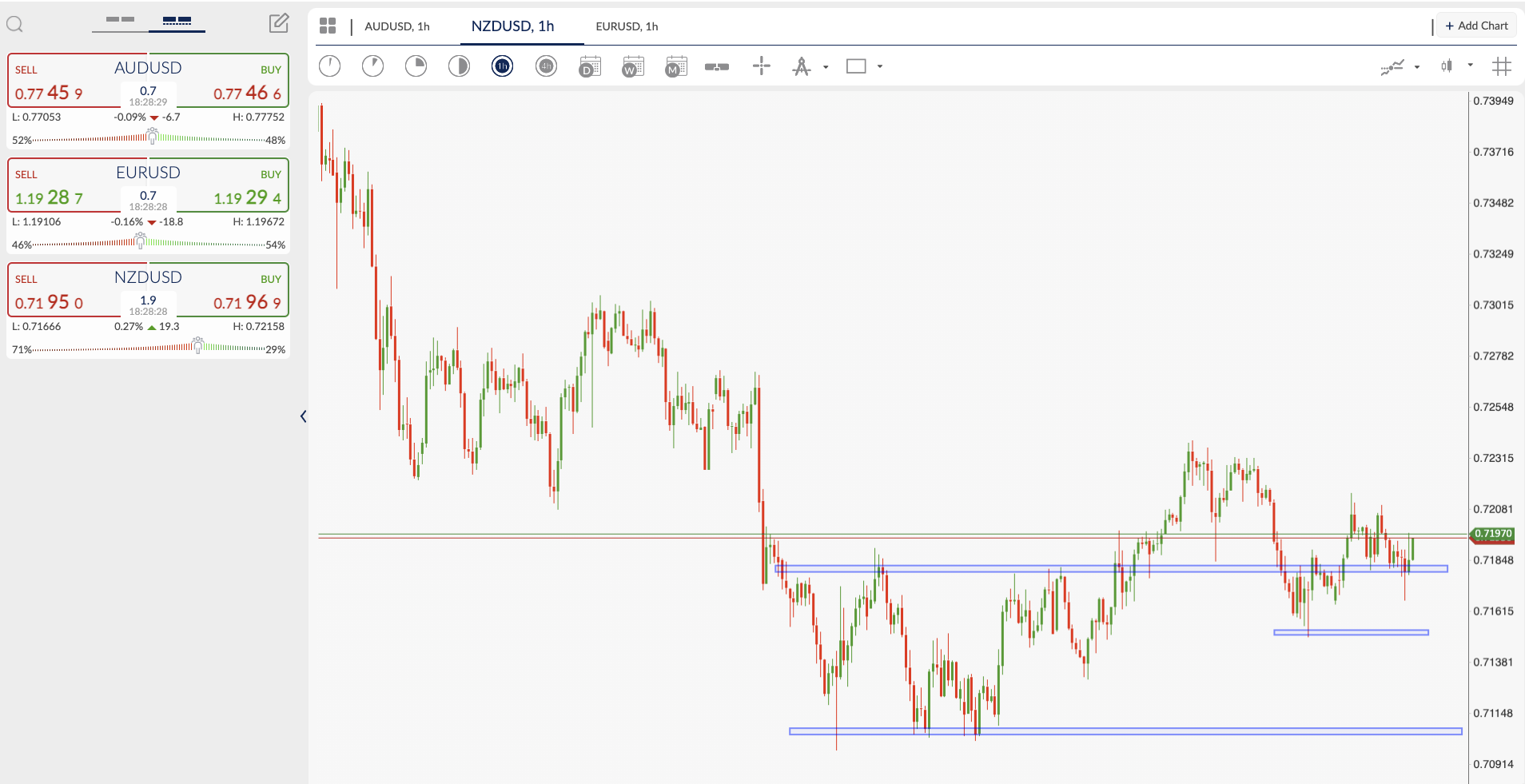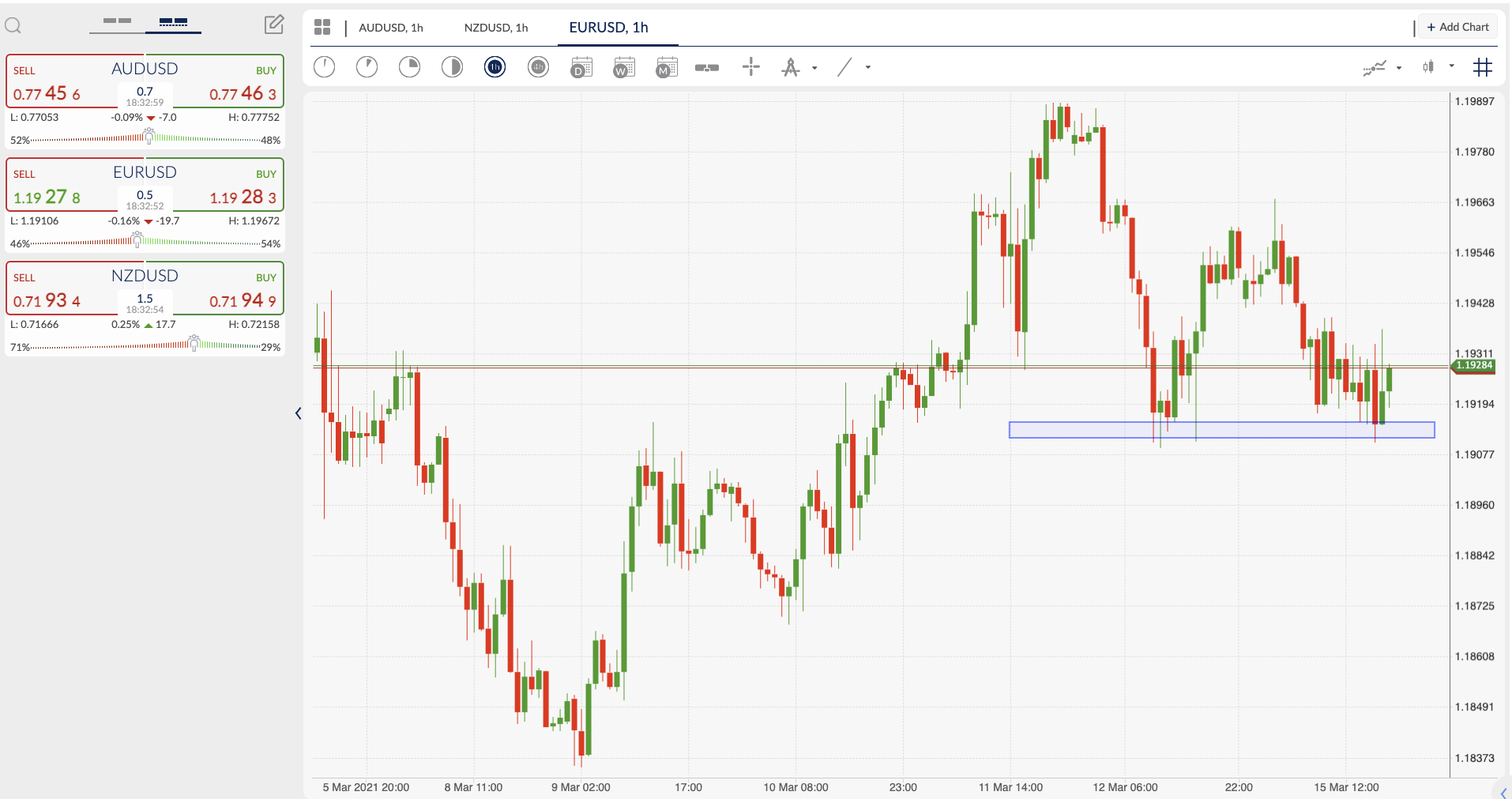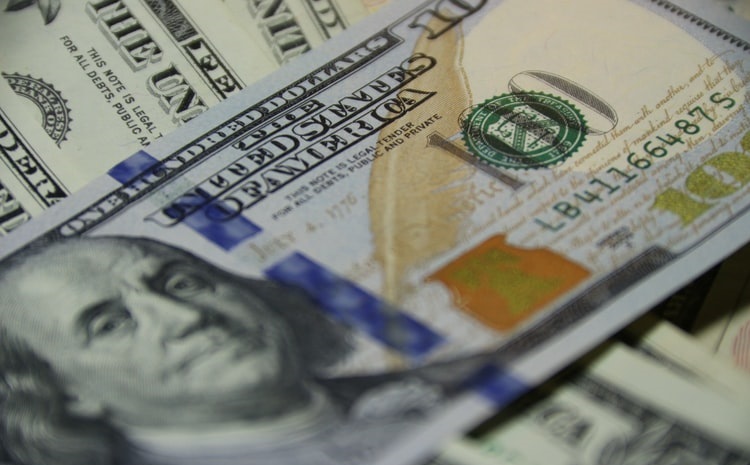Markets feel very range bound as we head into a week of central bank announcements and press conferences. Overnight trading was slightly bullish the US dollar and weaker the euro, but the London session barely moved for the major forex pairs.




Trades that may have come to the rescue of anyone eking out a tiny bit of volatility were either in the New Zealand dollar or Australian dollar, as they took advantage of the positioning momentum at the US open, ahead of the Reserve Bank of Australia’s (RBA) minutes tonight. The AUDUSD on the H1 chart looks like it has formed a decent Bullish Flag pattern, so it will be interesting to see if the US dollar weakens enough for this chart pattern to play out, 0.7850 would be the initial target if we get some positive momentum. The Activtrader sentiment indicator has the NZDUSD traders 71% bearish which could be signalling that the New Zealand dollar could be able to break higher should 0.71500 be a solid floor of support.
Against the US dollar the weakest by far were the Scandinavian currencies as they came off with the weaker oil prices and a softer than forecasted Swedish CPI. The Norwegian Krone ended the London session down -0.6%. The clear winner against the US dollar came from the thinly traded Columbian Peso which has finished up with a London close print 0.85% higher slightly off the highs of the day, which should put the rest of the day in perspective for the forex majors.
The airline industry in the US is having the best of the day so far with Metals and Mining bringing up the rear of the US sectors, as the US dollar and US Treasury yields hold on to their recent gains. Today’s US10 year yield sticks above 1.6% and US30 year above 2.3% ahead of Wednesday’s FOMC meeting.
General consensus is that the central bankers, starting with the RBA tonight will all stick to the same script as last month, with only the Federal reserve likely to throw the markets some concern if Chair Powell decides to shrug off the higher inflation expectations as he did at the last FOMC minutes release. An appreciating US dollar does not really suit the indebtedness of the US population or the sovereign debt denominated in US dollars.
Bar the recent inflationary pressures little else has changed in terms of monetary and fiscal policy, so it all comes down to whether the vaccine rollouts bring the economies back online sooner than expected or the monetary plumbing needs a helping hand, as per an extension of the Supplementary Leverage Ratio (SLR) and how the FOMC feel these will play out in accordance with their policies of expecting inflation pressures to be transitory.


Tomorrow may be a good day to trade the euro as we have the ZEW Survey expectations and Sentiment readings from Germany ahead of the US retail sales for FebruaryC. The EURUSD has been hugging the 1.1920 level for most of the London and US sessions and a break lower than Fridays low could signal the 1.18200 could be tested this month after all.




